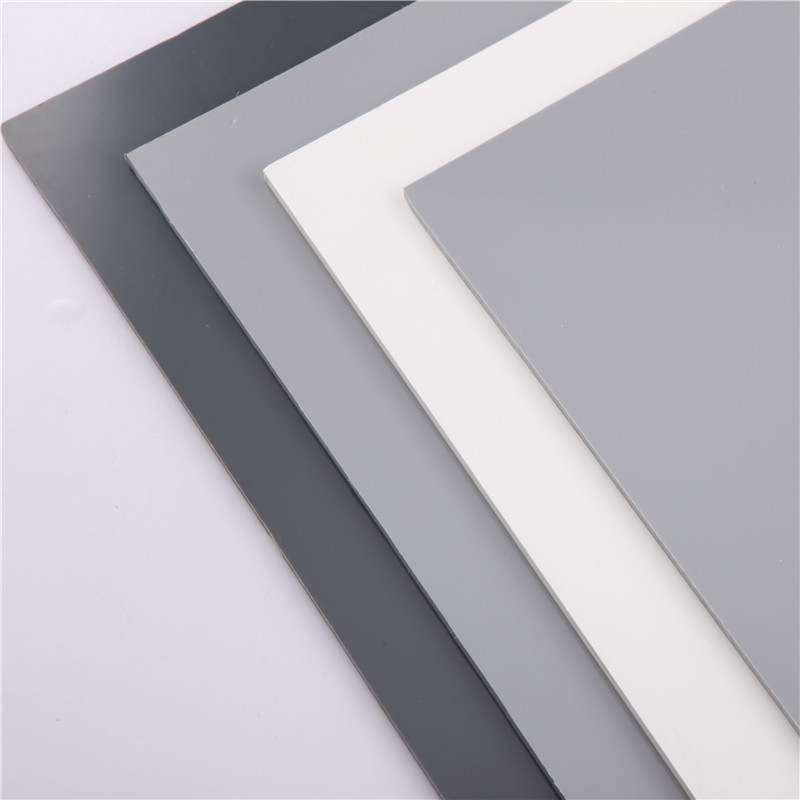Nov . 17, 2024 12:38 Back to list
pipes and fittings
Understanding Pipes and Fittings An Essential Guide
Pipes and fittings are critical components in a wide array of plumbing, heating, and ventilation systems. Whether in residential buildings, commercial facilities, or industrial settings, the proper use of pipes and fittings ensures the efficient transportation of liquids and gases. This article will explore the various types of pipes and fittings, their materials, applications, and installation considerations.
Types of Pipes
1. PVC Pipes Polyvinyl chloride (PVC) pipes are lightweight, durable, and resistant to corrosion. Commonly used in drainage, waste, and vent systems, PVC is also applied in cold water supply lines. Its ease of installation and affordability make it a popular choice for DIY projects.
2. CPVC Pipes Chlorinated polyvinyl chloride (CPVC) is similar to PVC but is treated with chlorine to withstand higher temperatures. This makes CPVC pipes ideal for hot water applications. They are also resistant to corrosion and scaling, ensuring a long service life.
3. Copper Pipes Copper has been the go-to material for plumbing for decades. Its antimicrobial properties and ability to withstand high temperatures and pressure make it suitable for hot and cold water supply lines. However, copper is more expensive than plastic options and requires soldering for joints, which may increase installation costs.
4. PEX Pipes Cross-linked polyethylene (PEX) has gained popularity due to its flexibility and resistance to scale and chlorine. PEX is easier to install as it doesn't require joints and can be snaked around corners. It is increasingly used in residential plumbing systems for both hot and cold water.
5. Steel Pipes Primarily used in industrial applications, steel pipes are known for their strength and durability. Galvanized steel pipes have a protective coating to prevent rust, but they are heavier and more expensive than other materials. Stainless steel, while more costly, offers excellent corrosion resistance for high-end applications.
Types of Fittings
Fittings are essential for connecting pipes and directing the flow of fluids. Here are some common types
1. Elbows Used to change the direction of the pipe, elbows come in various angles, including 90-degree and 45-degree options.
2. Tees Tees allow for branching off into two directions from a single pipe. They are typically used in water supply and drainage systems.
pipes and fittings

3. Couplings Couplings are used to connect two straight pipe sections. They can be threaded or slip, depending on the type of pipes being used.
4. Reducers These fittings enable the connection of pipes with different diameters, facilitating reduced flow or pressure where necessary.
Materials and Their Applications
Choosing the right materials for pipes and fittings depends largely on the intended application. For example, PVC is often selected for residential drainage systems due to its affordability and ease of installation. Conversely, PEX is favored for its flexibility in new construction projects, especially in retrofit tasks where space constraints may pose challenges.
Copper pipes, while more expensive upfront, are a preferred choice for hot-water plumbing due to their durability and reliability. In industrial applications, steel pipes are chosen for their strength, particularly in environments where high pressure is a factor.
Installation Considerations
Proper installation of pipes and fittings is crucial to ensure system efficiency and longevity. Factors to consider include
- Correct Sizing Both pipes and fittings must be the appropriate size to prevent pressure loss and ensure optimal flow rates. - Joint Sealants Depending on the type of pipes, appropriate joint sealants must be used to prevent leaks. - Local Regulations It is essential to adhere to local plumbing codes and regulations to ensure compliance and safety.
Conclusion
In summary, pipes and fittings play a vital role in the infrastructure of plumbing systems across various settings. Exploring the types, materials, and installation techniques can help ensure that both residential and commercial projects achieve the desired functionality and durability. By understanding the underlying principles, contractors and DIY enthusiasts alike can make informed choices that lead to efficient and effective plumbing solutions.
-
PVC Grey Sheet for Extraction: Chemical Resistant & Durable
NewsAug.19,2025
-
Durable PVC Pipe Fittings for Plumbing & Irrigation Needs
NewsAug.18,2025
-
HDPE Steel Belt Reinforced Spiral Corrugated Pipe | High Strength
NewsAug.17,2025
-
HDPE Pipe Fittings: Durable, Leak-Proof Solutions
NewsAug.16,2025
-
Premium CPVC Sheet: High-Temp & Chemical Resistant Solutions
NewsAug.15,2025
-
Durable PPR Pipe for Hot & Cold Water Systems - Easy Install
NewsAug.14,2025

